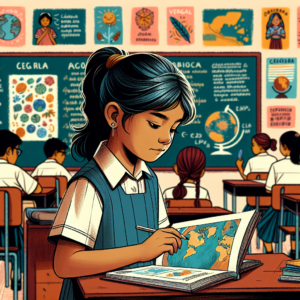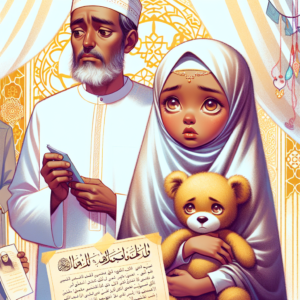#child_marriage
The Reality of Forced Marriage in Iran: A Closer Look at a Disturbing Practice
Forced marriage remains a deeply unsettling practice that persists in societies worldwide. Iran, in particular, has a high prevalence of this practice, with many young girls being coerced into marriages against their will. This article delves into the reality of forced marriage in Iran, highlighting the devastating effects it has on individuals and communities.
The Practice of Forced Marriage in Iran
Forced marriage is defined as a union where one or both parties have not given their consent. In Iran, forced marriages often stem from cultural and societal pressures, as families use marriage as a means to control their daughters and uphold traditional values.
A concerning aspect of forced marriage in Iran is the prevalence of child marriage. An estimated 17% of girls in Iran are married before turning 18, as reported by Girls Not Brides. This practice not only deprives young girls of their childhood but also subjects them to a lifetime of abuse and adversity.
The Impact on Victims
Victims of forced marriage in Iran face numerous challenges with long-term ramifications. They endure physical and emotional abuse and have limited access to education and financial opportunities, stripping them of the ability to lead a life of their choosing.
Renowned writer Alice Walker once stated, “No person is your friend who demands your silence, or denies your right to grow.” This quote encapsulates the essence of forced marriage, which suppresses victims and infringes upon their fundamental human right to autonomy.
The Role of Religion and Tradition
Religion and tradition play a significant role in perpetuating forced marriage in Iran. Many families view marriage as a sacred institution to be preserved at any cost, even at the expense of their children’s well-being.
It is crucial to note that forced marriage is not a religious obligation but a cultural practice that has been distorted over time. Islam, like many other religions, values consent and free will in all aspects, including marriage.
Breaking the Cycle of Forced Marriage
Addressing the root causes of forced marriage in Iran necessitates a comprehensive approach. Educational initiatives and awareness campaigns can alter societal attitudes towards forced marriage, empowering individuals to combat this harmful practice.
As human rights activist #Nada_Alahdal emphasized, “Forced marriage is a violation of basic human rights and must be stopped at all costs.” This statement underscores the urgency of ending forced marriage and safeguarding the rights of vulnerable individuals.
In conclusion, forced marriage in Iran is a distressing phenomenon that continues to affect countless lives. By raising awareness and advocating for change, we can strive towards a future where individuals have the freedom to determine their own path in life.
#NadaFoundation
#ChildMarriage
#Nada_Foundation
#NadaAlahdal
#Reality #Forced #Marriage #Iran #Closer #Disturbing #Practice
the-reality-of-forced-marriage-in-iran-a-closer-look-at-a-disturbing-practice






















